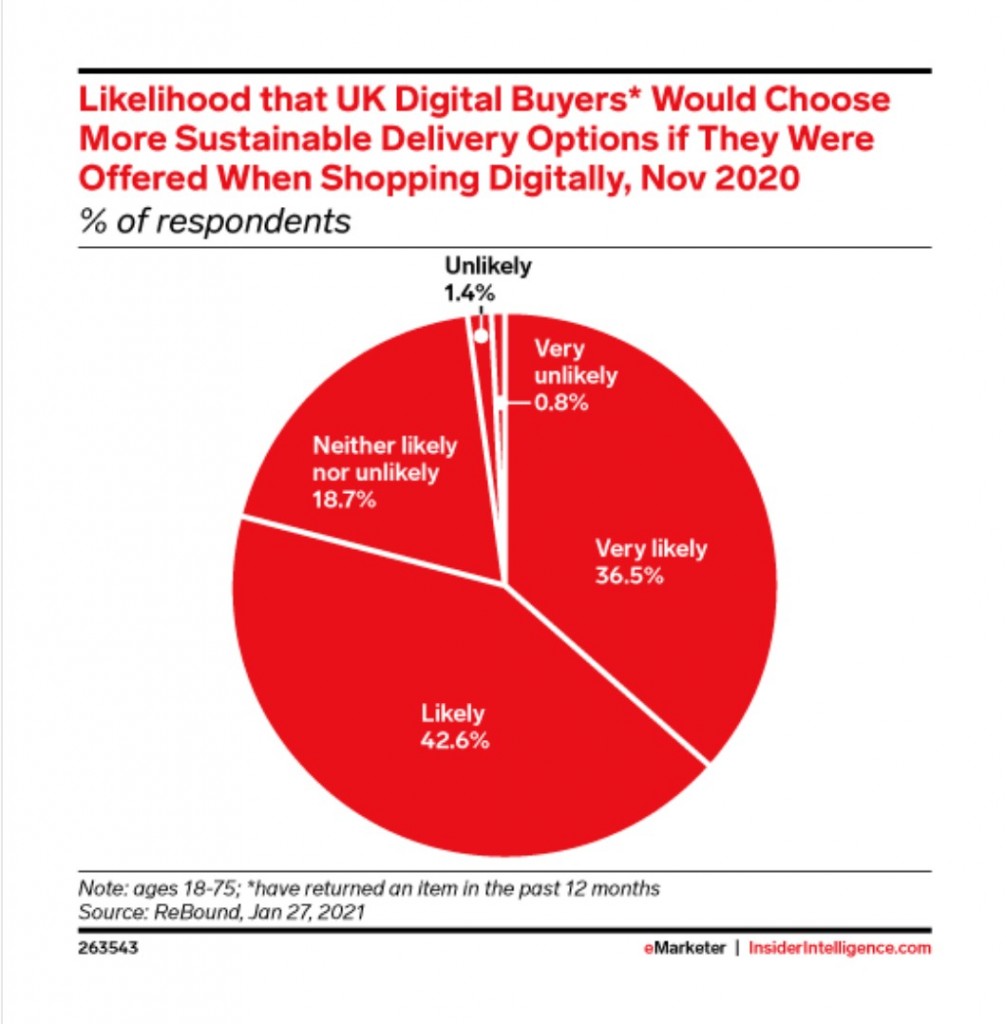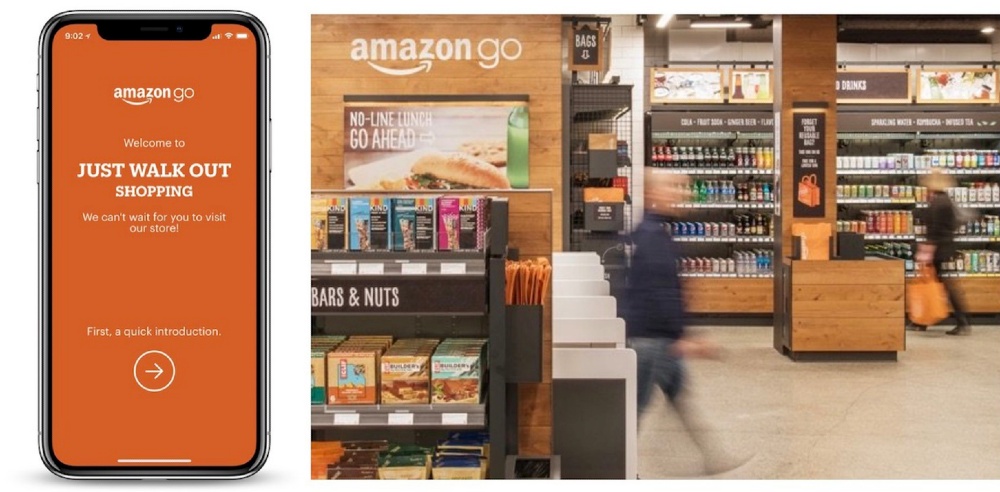Spring has always symbolised rebirth, renewal, hope and youth. It is also a time to start fresh and get rid of the old by cleaning our closets. But because of the COVID-19 pandemic, consumers’ habits have dramatically shifted. Last year proved to be challenging for the retail sector, and while many of us hoped for a better start to 2021, a second wave of the virus has resulted in a much-delayed recovery.
According to Deloitte’s Global Consumer Tracker, “the first half of 2020 saw five years of growth in online market share in a matter of weeks”, even when non-essential stores reopened.
Moreover:
- 1 in 10 consumers across Europe now shop online for food; in the UK, this number is reported to be higher by 30%.
- Fewer than half of UK consumers state that they would feel safe shopping in a store.
- The lines between home and office have blurred, with the house becoming an office, a classroom and a gym.
- Consumers are now shopping more locally, feeling safer not to travel and choosing to support local business and producers.
With that in mind, let’s take a look at the ultimate guide for retailers to spring into action this year.
Net zero retail
Do you know the carbon impact of your business? Believe it or not, sustainable retail is one of the most important concepts to consider in 2021. For example, when asked about delivery options, 79.1% of UK digital buyers who’d made a return in the past 12 months said they would be likely or very likely to choose more sustainable delivery options if made available to them.
Post pandemic, consumers want to shop with brands that provide practical solutions and act transparently, whether offering more eco-friendly delivery options, maintaining affordable prices, or supporting local stores.
Digital catalyst
Despite Spring approaching, Irish owned clothing retailer Primark is still refusing to sell online. Before the pandemic, Primark was very popular in the UK, but now according to The Conversation, the retailer has been forced to shut down 190 of its UK stores and reports a 30% sales fall (£2 billion British pounds).
Primark’s director states they have no intention of selling online because of the “high costs of running an online business and the associated customer’s returns as the main reasons”.
In the era of the digital consumer, Primark is taking a massive risk. Although experts are stating that Primark might survive this pandemic, they risk “potentially alienating its customers”, explains Richard Lim, Chief Executive at Retail Economics.
As a brand, you need to be able to outweigh the risks. Otherwise, you might end up taking a considerable gamble like Primark. Consumers are increasingly expecting to shop online (77% of UK shoppers). The longer your brand is not part of the digital ecosystem, the more disruptive it becomes, and your customers will discover other brands.
Retail destinations
During this rejuvenation time, take some time to think about how you can combine your online and offline store experiences, as brick and mortar stores are set to make a comeback. Despite a second major lockdown, most consumers still expect to return to stores, especially when it comes to apparel retailers, where physical stores were the second-highest in-store category (30%).
Although the rise of “phigital” experiences driven by immersive technologies is blurring the lines between online and offline experiences, consumers still long for the in-store experience. Touch, feel, and an immediate sense of purchase fulfilment are some of the biggest drivers for returning to physical stores.
As long as you can provide a safe in-store experience for your customers, footfall in your physical store will increase. Take inspiration from Amazon’s “Go Grocery” store concept, where all customers have to do is add products into their basket and walk out; when they got home, Amazon will send you a receipt and charge your Amazon account. A safe and seamless experience, think about how you can apply this type of technology to other markets like fashion?
Boost in sporty lifestyles
It is forecasted that the sportswear sector will outperform all other major retail industries. The sportswear market is predicted to grow by 20.9% by 2023 (£6.7 billion British pounds) in the UK. Activewear and at-home gym equipment sales were one of the highest ever recorded during the initial COVID-19 lockdown.
There is a vast opportunity amongst retailers to grow their revenue in this sector, especially amongst millennials and mature shoppers (over 55’s). However, when it comes to activewear, your brand ethos and culture are everything, with over 58% of shoppers stating that the brand is essential when purchasing an item.
Take your inspiration from Nike’s outspoken and unapologetic brand voice, as they officially have been ranked as the “most trustworthy fashion brand by millennials and Gen Z”, according to a recent study by Ybrands, where they surveyed a total of 80,000 consumers. Nike’s outspoken voice can be portrayed in their recent “the force is female” campaign, which has over 4.5K views on Twitter alone.
“The force is female. @JorjaSmith joined forces with Londoners to celebrate the power of sport, female collectivism and music.
— nikelondon (@nikelondon) December 4, 2018
Never miss out, download the Nike App https://t.co/UChsXYX8K0” pic.twitter.com/mV4sSNw9wg
Represent diversity
“Put your money where your mouth is” is a famous phrase that perfectly describes the approach companies should be taking towards diversity.
Consumers these days are savvy; they have instant access to powerful information at their fingertips. They want to see real change and real inclusion taken by the brands they shop with. British confectionary company Cadbury recently released their “Golden Goobilee” ad, which showed massive progress in advertising’s mission.
The campaign features a real-life same-sex couple sharing a Crème Egg, representing an actual society we live in. What’s most important is that despite the backlash that Cadburys is getting from this (25,000 people have signed a petition to ban the ad), Cadbury’s is standing by its creative;
“Cadbury has always been a progressive brand that spreads a message of inclusion; whether it is through its products or brand campaigns (…), our Golden Goobilee advert celebrates the many ways that everyone can enjoy a Cadbury Creme Egg.”
Your springtime revolution…
During this Springtime season, remember to be bold, unique and outspoken. First, analyse the latest digital marketing trends to create the backbone of your strategy.
Next, if you are a retailer planning a creative campaign strategy around inclusion and diversity, remember about the backlash, and most importantly, always stand by your message.
Lastly, remember to keep up to date with behavioural consumer data as, during these unprecedented times, this is constantly changing. Start thinking of creative ways to integrate your eCommerce store with your physical shop.










